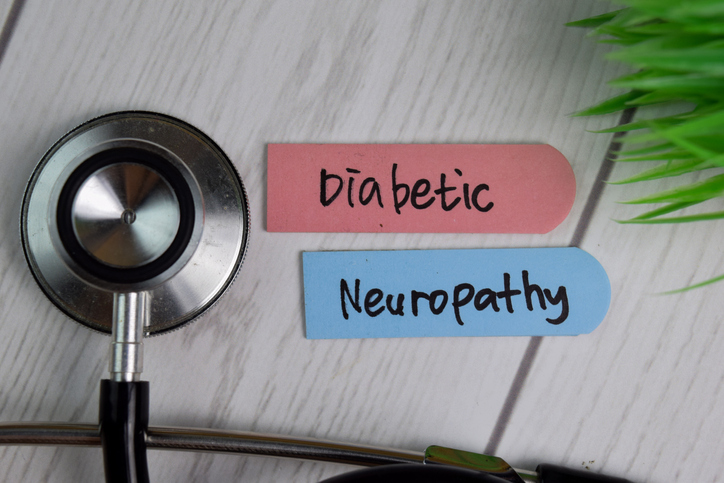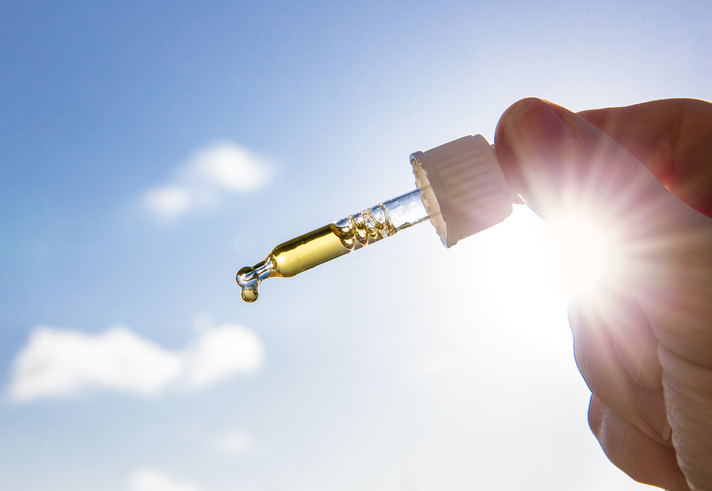Pain
What Is Diabetes Insipidus (DI)?

Diabetes insipidus (DI) is a rare medical condition that causes an imbalance of fluids in the body, resulting in extreme thirst and excessive urination. While most people urinate between 1 and 2 quarts daily, those with DI can pass as much as 20 quarts of urine per day. The excreted urine is heavily diluted, making it colorless and odorless. It is estimated that only one in every 25,000 people are diagnosed with DI.
Diabetes insipidus should not be confused with the more common diabetes mellitus (DM). Diabetes mellitus affects blood sugar; whereas, diabetes insipidus does not. However, both can cause frequent urination and thirst.
How diabetes insipidus works in the body
The hypothalamus (a region of the brain) makes a hormone called vasopressin, or antidiuretic hormone (ADH), which is stored in the pituitary gland at the base of the brain; this hormone helps manage how quickly or slowly fluids are excreted from the body. The kidneys filter and remove fluids from the bloodstream several times per day; the fluid waste is stored in the bladder until urination occurs. ADH tells the kidneys how much water to maintain in the body. Diabetes insipidus occurs when the body doesn’t produce enough ADH, or the kidneys fail to respond to ADH. Either way, the kidneys are unable to retain water. Even when dehydrated, excessive urine is excreted from the body.
Causes
Depending on the type, diabetes insipidus can develop for a variety of reasons, including but not limited to, the following:
- Head injury
- Genetics
- Infection
- Tumor(s) in or near the pituitary gland
- Loss of blood supply to the pituitary gland
- An autoimmune disease affecting ADH production
- Diseases of the kidney, such as polycystic kidney disease
- Certain medications, such as lithium or foscarnet
- Excessive levels of calcium in the blood
- Blocked urinary tract
- Low levels of potassium in the blood
Types
There are four types of diabetes insipidus:
- Central diabetes insipidus develops when the hypothalamus or pituitary gland is damaged. This can occur from an inherited disease or from damage caused from surgery, tumor, illness or head injury.
- Nephrogenic diabetes insipidus can be inherited or develop from a chronic kidney disorder. A defect in the kidney tubules (the kidney structures that cause water to be excreted or reabsorbed) prevents the kidneys from responding to ADH. Certain medications may also cause nephrogenic diabetes insipidus.
- Gestational diabetes insipidus is extremely rare and only occurs during pregnancy due to a placenta enzyme that destroys ADH.
- Dipsogenic diabetes insipidus, or primary polydipsia, is caused by drinking an excessive amount of liquid, resulting in large amounts of diluted urine. This condition can be caused by damage to the mechanism in the hypothalamus that controls thirst. Dipsogenic diabetes insipidus has been linked to schizophrenia.
Symptoms
Symptoms of diabetes insipidus include, but are not limited to, the following:
- Excessive thirst
- Excessive urine volume
- Increased frequency of urination
- Pale urine
- Waking during sleep to urinate
- Dehydration
- Muscle pain
- Irritability
- Craving cold liquids
- Weakness
Risk factors
Factors that increase the risk of developing diabetes insipidus include, but are not limited to, the following:
- Damaged hypothalamus or pituitary gland
- Male
- Inherited genes


















